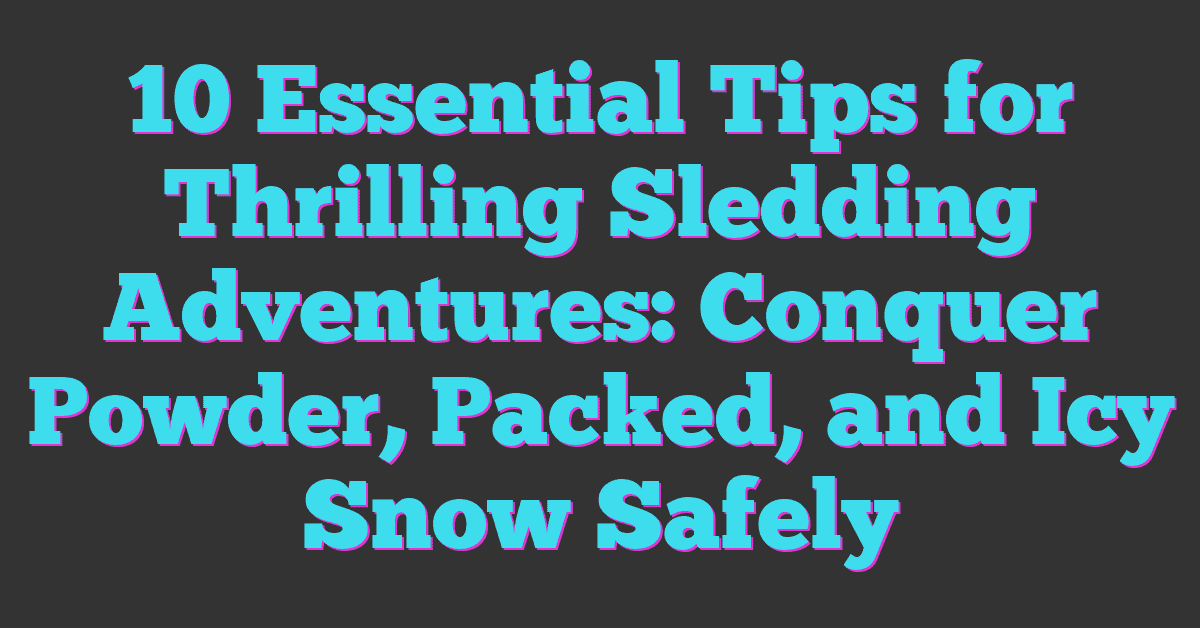Skiing is one of my favorite winter adventures, but it comes with its share of risks. Whether you’re gliding down a slope or navigating through backcountry trails, the unexpected can happen in an instant. That’s why knowing CPR can be a game-changer for skiers like us. It’s not just about enjoying the thrill; it’s about being prepared for emergencies that could arise on the mountain.

Imagine witnessing a fellow skier take a hard fall. In those critical moments, your ability to perform CPR could save a life. I’ve learned that having CPR training isn’t just a skill; it’s a responsibility we carry as outdoor enthusiasts. Let’s explore why this training matters and how it can empower us to make a difference when it counts the most.
Importance of CPR Training for Skiers
Skiing brings excitement and adventure, but it also comes with risks that I can’t ignore. Understanding CPR and being trained in it equips me to handle emergencies on the slopes.
Understanding the Risks on the Slopes
Skiing poses various dangers, including collisions, falls, and avalanches. Statistics show that nearly 20% of skiing injuries involve the head or neck, which can lead to serious complications. Conditions like hypothermia and altitude sickness also threaten skiers, especially in remote locations. The faster I ski and the more challenging the terrain, the higher the likelihood of an incident. Being aware of these risks prepares me for the unexpected and reinforces the need for CPR knowledge.
Benefits of Being CPR Certified
Being CPR certified offers numerous advantages. First, it boosts my confidence in emergency situations. Knowing I can perform CPR empowers me to help a fellow skier or snowboarder when it matters most. Second, CPR training teaches me to recognize the signs of cardiac arrest, ensuring I can act swiftly. Third, being part of a community that prioritizes safety enhances the overall skiing experience. When more skiers understand CPR, we create a safer environment for everyone on the slopes.
Essential CPR Techniques for Skiers
Understanding essential CPR techniques for skiers enhances safety during winter sports. I often emphasize how being prepared can save lives, especially when enjoying the slopes with friends and family.
Hands-Only CPR
Hands-only CPR focuses on chest compressions without rescue breaths. For adults experiencing sudden cardiac arrest, I start by calling for help. I place the heel of one hand on the center of the chest and interlock my fingers. I then push hard and fast at a rate of 100 to 120 compressions per minute. I ensure compressions go about two inches deep, allowing the chest to rise completely between compressions. This method is effective and easier to remember in emergencies, making it ideal for the ski slopes where time is critical.
CPR with Rescue Breaths
CPR with rescue breaths provides both compressions and breaths for victims, particularly in cases involving drowning or children. After calling for help, I perform 30 chest compressions, then follow with two rescue breaths. I tilt the victim’s head back slightly, pinch their nose, and seal my mouth over theirs, giving two breaths lasting about one second each until I see the chest rise. I return to the compressions, alternating between compressions and breaths in cycles. This technique requires confidence, so practicing it during training helps prepare me for real-life situations on the mountain.
What to Expect from a CPR Training Course
CPR training courses provide invaluable skills for anyone who enjoys snow sports. I’ve learned that knowing CPR can make a significant difference in emergencies on the slopes.
Course Formats and Duration
Courses usually come in various formats, including in-person, online, and hybrid options. In-person classes often last 4 to 8 hours, incorporating interactive elements and hands-on practice. Online courses, while flexible, typically range from 2 to 4 hours of video and quizzes. I prefer in-person training since it offers immediate feedback and practice, which builds confidence in executing techniques.
Certification and Recertification
Certification typically lasts two years after completing the course, affirming your skills in CPR and AED usage. Some organizations provide certification cards upon completion. I recommend checking the specific requirements of your local ski patrol or organization, as they may encourage regular recertification for advanced skills or updates. Staying current not only reinforces my knowledge but also ensures I’m ready to assist effectively in emergencies.
Preparing for Emergencies While Skiing
Being prepared for emergencies while skiing is vital for safety on the slopes. Having a plan can make a significant difference in critical situations.
Creating a Safety Plan
Creating a safety plan starts with knowing the area where I’ll ski. I make sure to familiarize myself with the trail map, identifying potential hazards like steep terrains or large drops. I also find out the locations of emergency stations and first aid facilities. In my group, I ensure everyone knows the designated meeting point in case we get separated. I also encourage everyone to carry a charged phone for communication and sign up for notifications about avalanche risks. Lastly, discussing roles in case of an emergency helps my skiing friends react promptly and effectively.
Essential Gear to Carry
Essential gear can be a lifesaver in emergencies. I always pack a small first aid kit containing adhesive bandages, antiseptic wipes, and pain relievers. In case of longer adventures, I include items like an emergency blanket and a whistle. My phone stays in a waterproof case for navigation and communication, and I carry a portable charger to keep it powered throughout the day. I also pack extra layers of clothing to prevent hypothermia in case I get stranded. Bringing a multi-tool can assist with various situations, like making quick adjustments or repairs. Overall, having the right gear gives me the confidence to tackle the slopes while being prepared for unexpected situations.
Conclusion
Being a skier isn’t just about the thrill of the descent. It’s also about being prepared for the unexpected. Knowing CPR can truly make a difference in those critical moments when every second counts.
I believe that by taking the time to learn these life-saving skills, we not only enhance our own safety but also look out for our fellow skiers. It’s all about creating a community that prioritizes safety and support on the slopes.
So whether you’re hitting the trails for a day or planning a week-long trip, consider investing in CPR training. You never know when you might need it, and having that knowledge can empower you to act when it matters most.










